Preliminary testing of the anode layer ion source (ALIS) from RTFtechnologies.
Tests were run at 50millitorr and between 800-1000v. Air plasma can been seen as low as 300v. Typical current at 1kv is 4ma. When the source is current limited, you can see a de-focusing effect as seen in the 2nd picture. This is because the ion source is not operating through the closed drift mechanism but is rather operating closer to a modified glow discharge under the influence of a local magnetic field.
Above pictures taken at much lower pressure and higher voltage (5e-4 torr and 4kv+)
ALIS mounted on 2.75″ CF flange via 10-32 standoff and electrical connection via MHV connector. As suggested and fabricated by J.D Guerard machining Co., a ditch was formed around the hole drilled for MHV feedthrough on the interior side of the flange which created a wall matching in thickness to the MHV connector feedthrough to facilitate with fusing. This can be seen in the first picture. When welded, the two surfaces of identical thickness are fused together easier, with lower current (this weld was done at only 20amps), and with consequently with no warping of the entire flange because of the localized heat.
Using the anode layer ion source as a crude ion pump (far from ideal conditions, stainless steel chamber walls do not have high getter/sputter capacity)
Ion source power up sweep 400v – 4000v
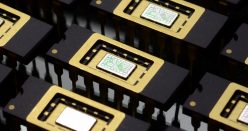
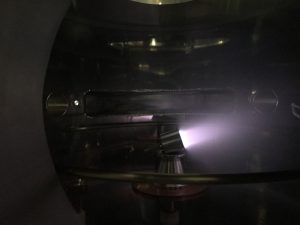
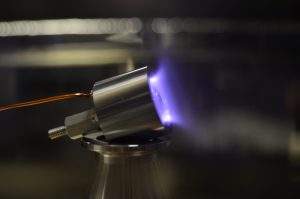

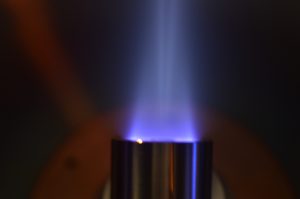

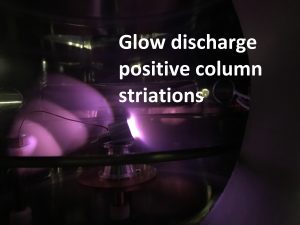
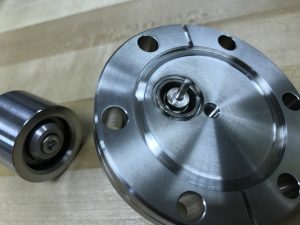
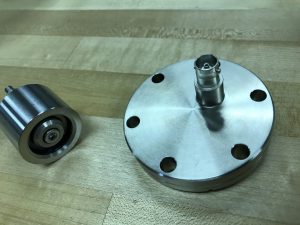
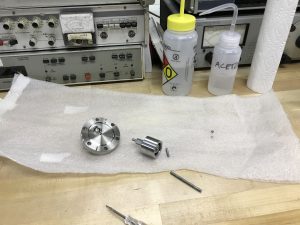
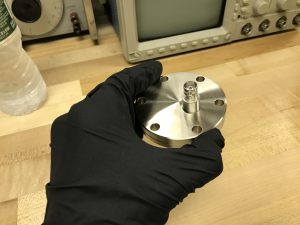
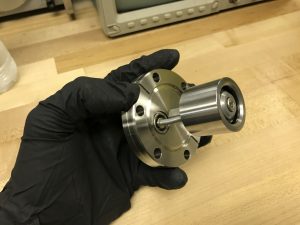
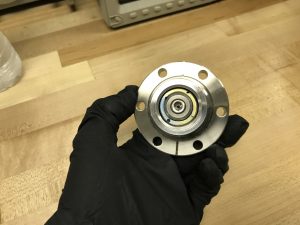
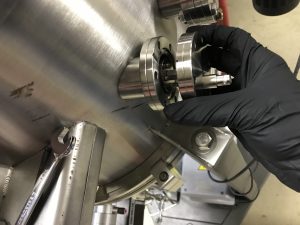

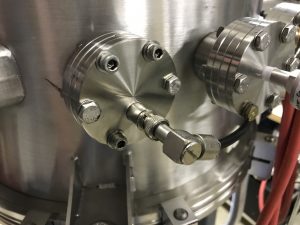
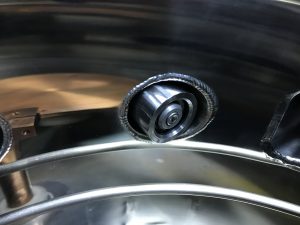
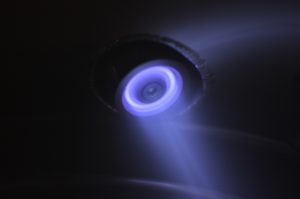
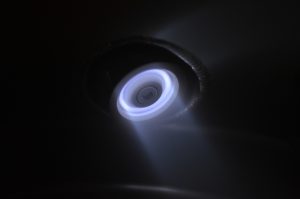

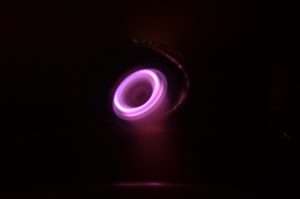
nice work, Sam; wide variety of interests and technology demonstration
thanks!
hi sam, very nice work. i have question though. did you get a result about relation between the voltage and mean ion energy?
Thanks, http://sam.zeloof.xyz/anode-layer-ion-source-rtftechnologies/alis_curvesa/
Thanks
How to connect a gas line?
And Is it possible to use RF or DC power source?